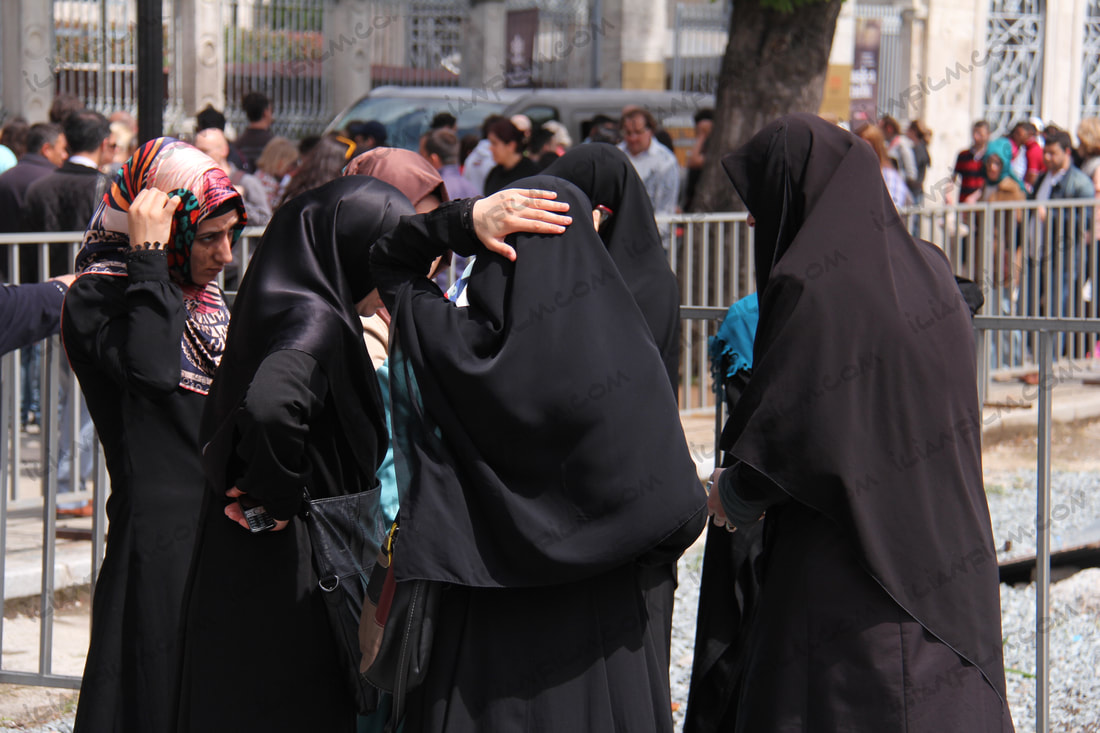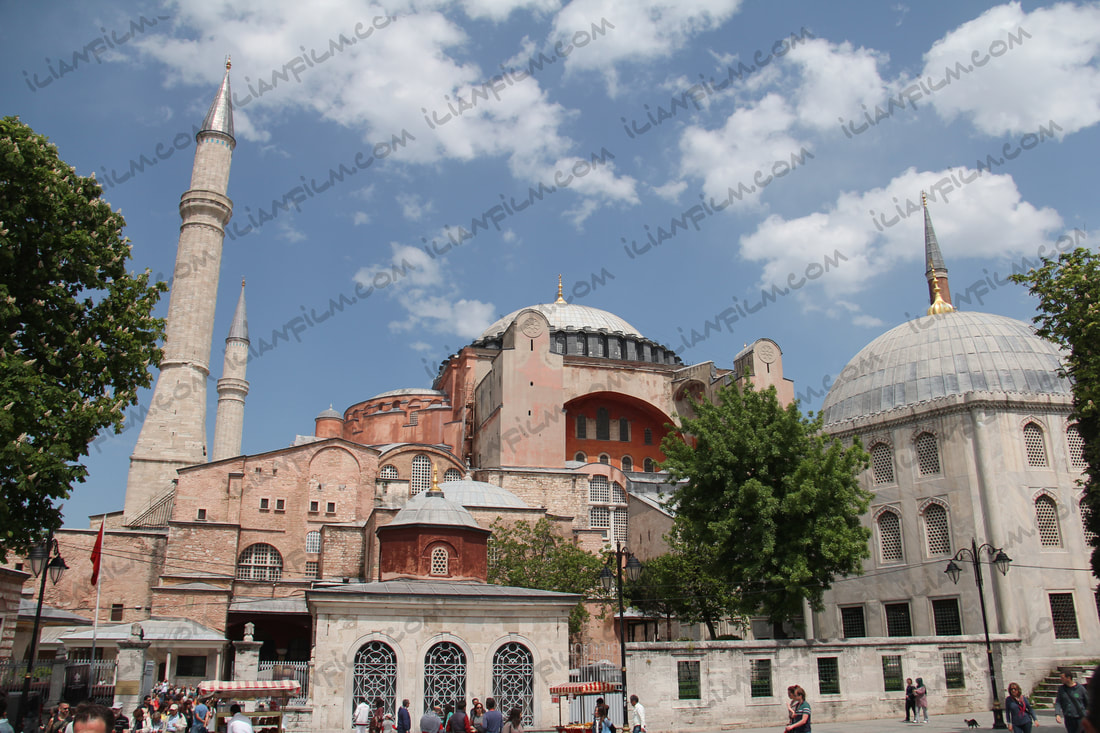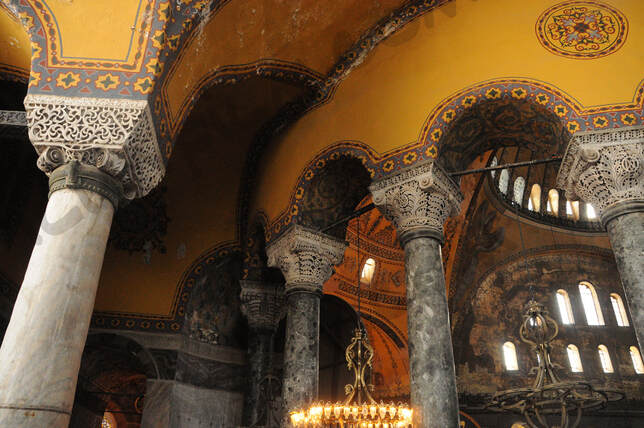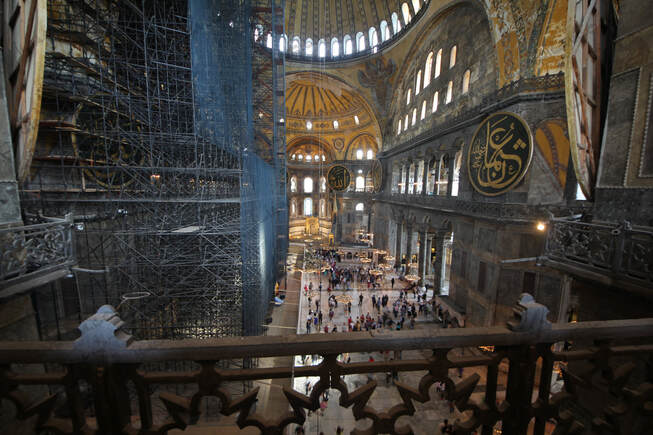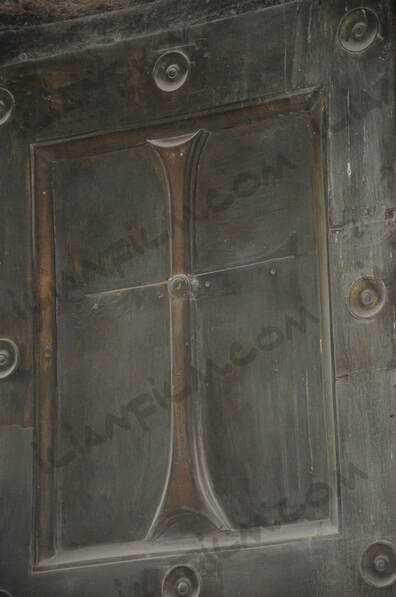Photography | Hagia Sophia
Hagia Sophia, also called Church of the Holy Wisdom or Church of the Divine Wisdom ,
church built at Constantinople (now Istanbul, Turkey) in the 6th century (532–537) under the direction of the
Byzantine emperor Justinian I.
By general consensus, it is the most important Byzantine structure and one of the world’s great monuments.
The Hagia Sophia was built in the remarkably short time of about six years, being completed in 537 ce.
Unusual for the period in which it was built, the names of the building’s architects - Anthemius of Tralles and
Isidorus of Miletus - are well known, as is their familiarity with mechanics and mathematics.
The original church on the site of the Hagia Sophia is said to have been built byConstantine I in 325
on the foundations of a pagan temple.
For more than a millennium it was the Cathedral of the Ecumenical Patriarchate of Constantinople.
After the Turkish conquest of Constantinople in 1453, Mehmed II had it repurposed as a mosque, with the addition of minarets
(on the exterior, towers used for the summons to prayer), a great chandelier, a mihrab
(niche indicating the direction of Mecca),
a minbar (pulpit), and disks bearing Islamic calligraphy.
Kemal Ataturk secularized the building in 1934, and in 1935 it was made into a museum.
church built at Constantinople (now Istanbul, Turkey) in the 6th century (532–537) under the direction of the
Byzantine emperor Justinian I.
By general consensus, it is the most important Byzantine structure and one of the world’s great monuments.
The Hagia Sophia was built in the remarkably short time of about six years, being completed in 537 ce.
Unusual for the period in which it was built, the names of the building’s architects - Anthemius of Tralles and
Isidorus of Miletus - are well known, as is their familiarity with mechanics and mathematics.
The original church on the site of the Hagia Sophia is said to have been built byConstantine I in 325
on the foundations of a pagan temple.
For more than a millennium it was the Cathedral of the Ecumenical Patriarchate of Constantinople.
After the Turkish conquest of Constantinople in 1453, Mehmed II had it repurposed as a mosque, with the addition of minarets
(on the exterior, towers used for the summons to prayer), a great chandelier, a mihrab
(niche indicating the direction of Mecca),
a minbar (pulpit), and disks bearing Islamic calligraphy.
Kemal Ataturk secularized the building in 1934, and in 1935 it was made into a museum.
Hagia Sophia from the Asian side
The main Alter in wide view
Light and New |
Decay and neglect hanging over
|
Myriad of aspirations
|
Fainting Light
|
Standing alone
The Threat
|
Color in the back of the bus
|
Hagia Sofia at eye level
Rainbow
|
Basillica Cistern
|
Women praying area in Suleiman Ahmed Mosque
|
Galata Tower at night
|

